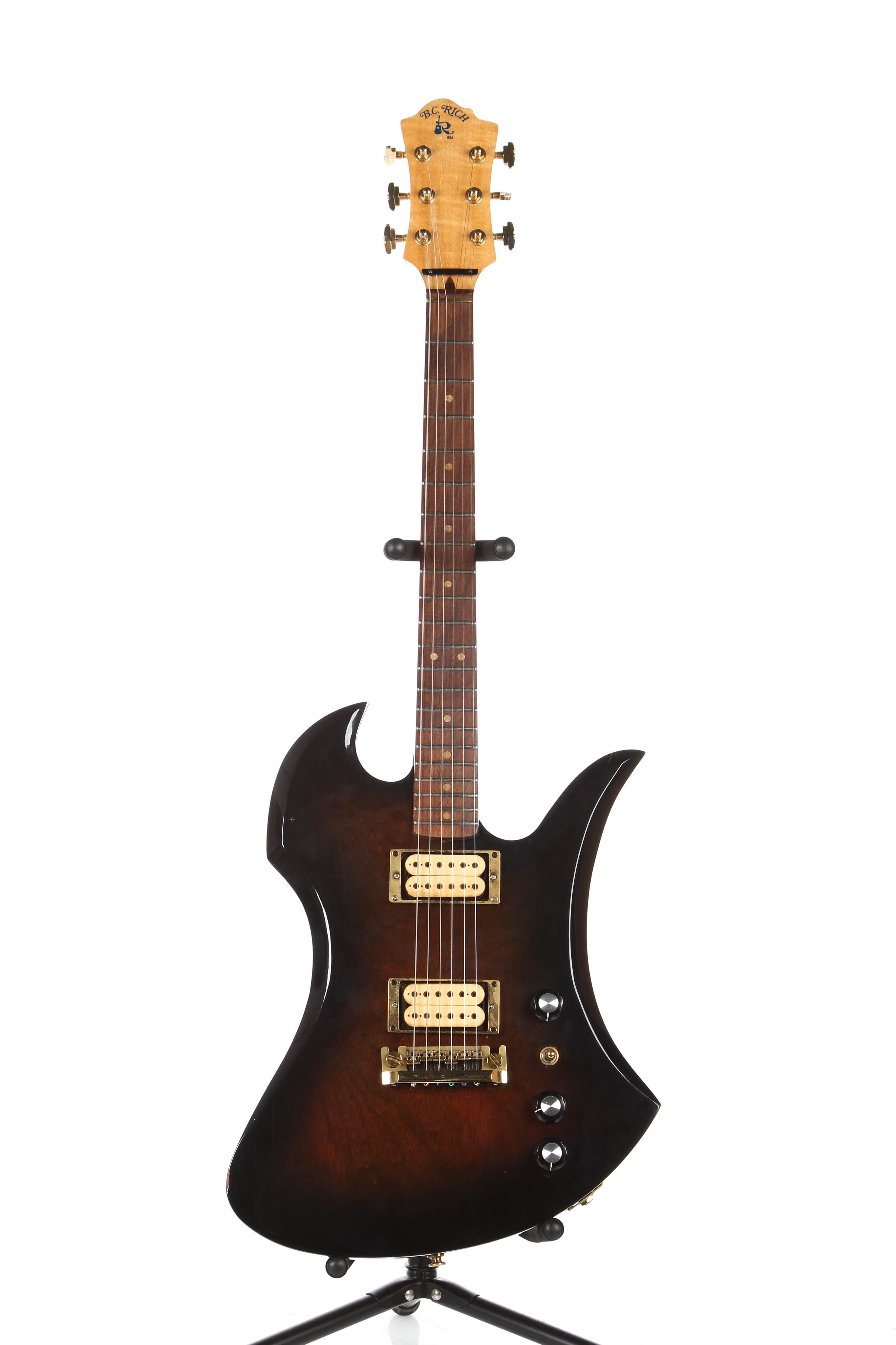
Respond to a protective order or stalking injunction See the Utah Domestic Violence Coalition's Safety Planning web page for more information.
preparing to leave an abusive relationship. Below are different types of orders and resources available:Ī safety plan is a personalized plan to stay safe if you are: Not every instance of abuse will involve a protective order, but there still might be help available. Whether a protective order or a stalking injunction is appropriate depends on the relationship between the petitioner and the respondent. There are several different types of court orders that can protect against abuse or stalking: If the respondent violates a protective order or stalking injunction, they can be arrested and charged with a Class A Misdemeanor.ĭifferent resources for different relationships not have a firearm or other type of weapon.Ī protective order can also temporarily give custody of any shared children to the petitioner. stay away from the petitioner's home, work, school, or place of worship,. stop committing or threatening violence against the petitioner,. avoid contact or communication in any way with people listed on the order,. The person the order is requested against (and against whom it may be issued) is called the respondent.Ī protective order or a stalking injunction can place restrictions on the respondent if the court finds the respondent threatened, attempted or committed violence against the petitioner or stalked the petitioner.Ī protective order or a stalking injunction can order the respondent to:. The petitioner can be protected by an order and may also request orders protecting other people, such as their children. 
The person requesting the order is called the petitioner.

Expunging Civil Protective Orders and Civil Stalking InjunctionsĪ protective order or a stalking injunction can protect against domestic violence, intimate partner violence or stalking.Safety Planning (Utah Domestic Violence Coalition).






 0 kommentar(er)
0 kommentar(er)
